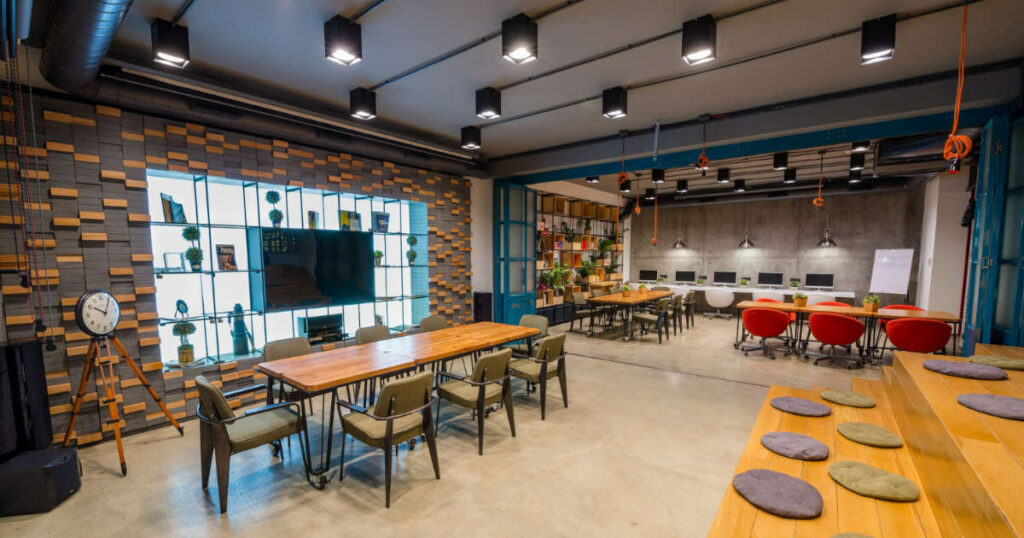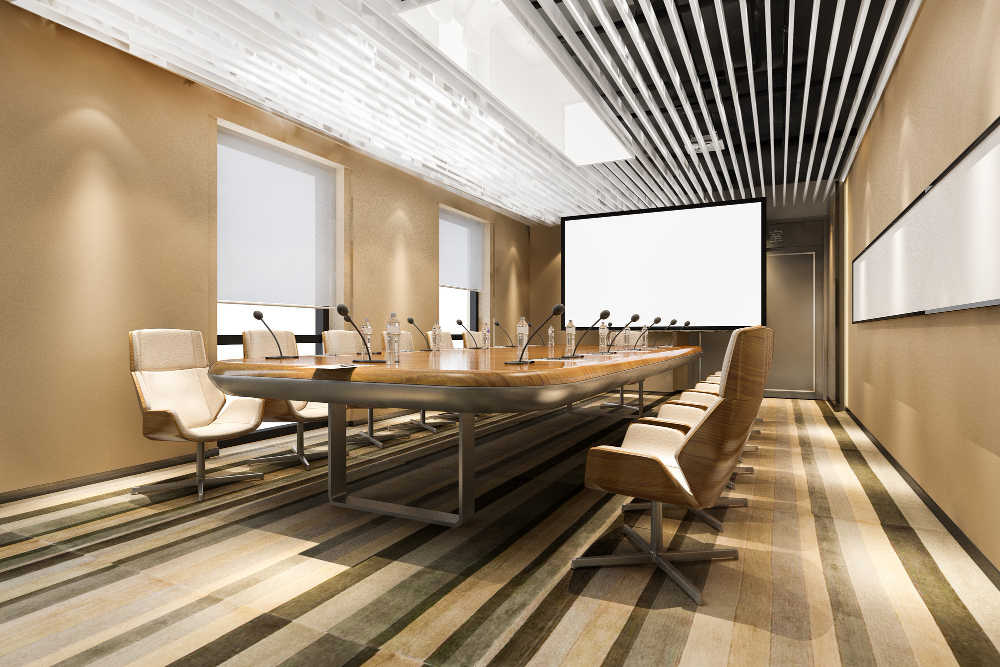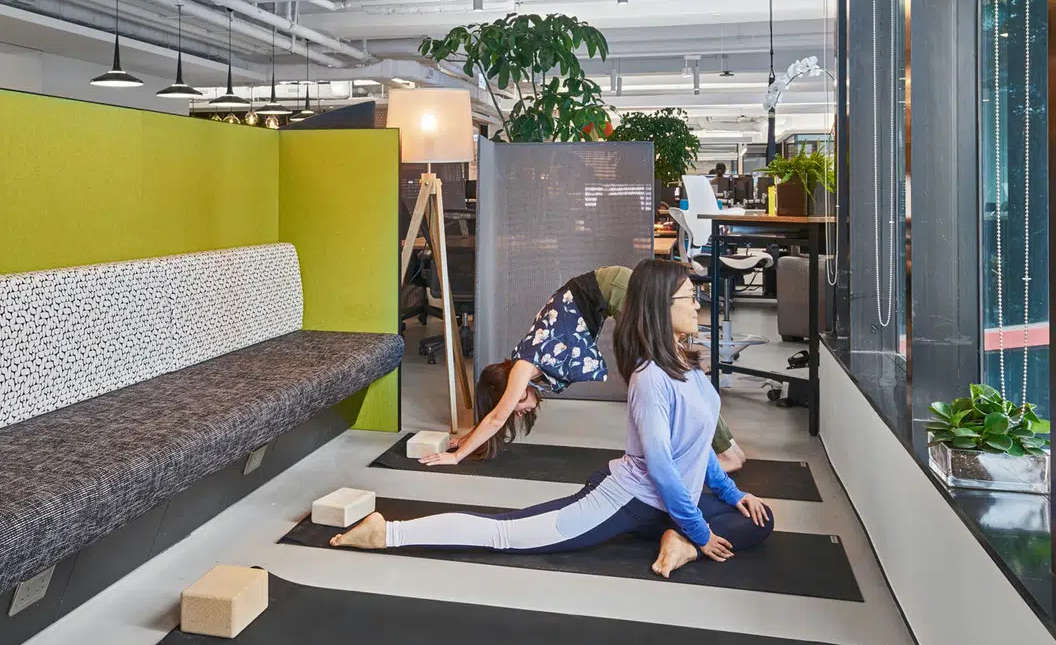




The work-from-home revolution has undeniably reshaped the way we approach our professional lives. As more companies embrace flexible remote work arrangements, the impact of this cultural shift is not limited to our daily routines; it’s also making waves in the realm of office design. Traditional office spaces are undergoing a profound transformation to meet the evolving needs and expectations of a workforce that values flexibility, collaboration, and well-being more than ever before.
The era of isolating cubicles and rigid desk assignments is fading into the past. Today’s office designs prioritize flexibility and adaptability. Open-concept layouts have gained popularity, featuring movable furniture and modular elements that allow employees to tailor their workspace according to their tasks and preferences. This shift is a direct response to the work-from-home culture, which has demonstrated that individuals are most productive when they have the autonomy to choose where and how they work.


The rise of remote work has given birth to the concept of hybrid work models, where employees split their time between home and the office. This approach demands spaces that seamlessly accommodate both in-person collaboration and individual tasks. As a result, office designs are incorporating a variety of settings, from collaborative areas with interactive technology to quiet zones for focused work. The goal is to create an environment that caters to different work styles and fosters a sense of belonging, even for those who spend less time in the physical office.
Collaboration remains a cornerstone of productivity, even as remote work becomes more common. Office designs are now incorporating advanced technology to bridge the gap between in-person and virtual collaboration. Interactive displays, video conferencing systems, and smart whiteboards enable seamless communication between team members, regardless of their physical location. These technologies facilitate brainstorming sessions, presentations, and project discussions, making the office a hub for effective teamwork.
While open layouts promote collaboration, privacy remains a crucial aspect of office design. The work-from-home culture has highlighted the importance of having dedicated spaces for confidential conversations, focused work, and personal calls. Modern office designs are responding with soundproof pods, private phone booths, and small meeting rooms equipped with video conferencing capabilities. These spaces cater to the need for privacy while maintaining the overall ethos of a flexible and collaborative environment.


The work-from-home culture has heightened awareness about the importance of well-being and work-life balance. Office designs are now integrating elements that prioritize employee wellness. This includes ergonomic furniture that supports proper posture, natural lighting to reduce eye strain, and even wellness rooms where employees can relax and recharge. Additionally, the inclusion of greenery, soothing colors, and spaces that encourage movement are all part of the efforts to create an environment that promotes both physical and mental health.
Office designs are reimagining communal areas to serve as more than just spaces for eating and socializing. The work-from-home culture has encouraged companies to create communal areas that support networking, learning, and creativity. Lounge areas are becoming co-working zones, where employees can collaborate on projects outside their immediate teams. Cafeterias are doubling as event spaces for workshops and training sessions, fostering a culture of continuous learning and development.
The work-from-home culture has undeniably left an indelible mark on office designs. The traditional notion of what constitutes an office is evolving rapidly to embrace flexibility, wellness, collaboration, and technology. Owners, interior designers and office renovation contractors recognize that the physical workspace plays a pivotal role in shaping company culture, employee engagement, and overall productivity. As the boundaries between work and life continue to blur, office designs are rising to the challenge of creating spaces that adapt to the needs of a dynamic and ever-changing workforce. The future of office design is about more than just aesthetics; it’s about providing an environment that empowers employees to thrive, whether they’re working from home, in the office, or somewhere in between.





Please leave a message, will reply within 2 min.
Your 1 Stop Renovation Contractor